当前位置:网站首页>用Python构建和可视化决策树
用Python构建和可视化决策树
2020-11-06 01:28:00 【人工智能遇见磐创】
作者|Nikhil Adithyan 编译|VK 来源|Towards Data Science

决策树
决策树是当今最强大的监督学习方法的组成部分。决策树基本上是一个二叉树的流程图,其中每个节点根据某个特征变量将一组观测值拆分。
决策树的目标是将数据分成多个组,这样一个组中的每个元素都属于同一个类别。决策树也可以用来近似连续的目标变量。在这种情况下,树将进行拆分,使每个组的均方误差最小。
决策树的一个重要特性是它们很容易被解释。你根本不需要熟悉机器学习技术就可以理解决策树在做什么。决策树图很容易解释。
利弊
决策树方法的优点是:
-
决策树能够生成可理解的规则。
-
决策树在不需要大量计算的情况下进行分类。
-
决策树能够处理连续变量和分类变量。
-
决策树提供了一个明确的指示,哪些字段是最重要的。
决策树方法的缺点是:
-
决策树不太适合于目标是预测连续属性值的估计任务。
-
决策树在类多、训练样本少的分类问题中容易出错。
-
决策树的训练在计算上可能很昂贵。生成决策树的过程在计算上非常昂贵。在每个节点上,每个候选拆分字段都必须进行排序,才能找到其最佳拆分。在某些算法中,使用字段组合,必须搜索最佳组合权重。剪枝算法也可能是昂贵的,因为许多候选子树必须形成和比较。
Python决策树
Python是一种通用编程语言,它为数据科学家提供了强大的机器学习包和工具。在本文中,我们将使用python最著名的机器学习包scikit-learn来构建决策树模型。我们将使用scikit learn提供的“DecisionTreeClassifier”算法创建模型,然后使用“plot_tree”函数可视化模型。
步骤1:导入包
我们构建模型的主要软件包是pandas、scikit learn和NumPy。按照代码在python中导入所需的包。
import pandas as pd # 数据处理
import numpy as np # 使用数组
import matplotlib.pyplot as plt # 可视化
from matplotlib import rcParams # 图大小
from termcolor import colored as cl # 文本自定义
from sklearn.tree import DecisionTreeClassifier as dtc # 树算法
from sklearn.model_selection import train_test_split # 拆分数据
from sklearn.metrics import accuracy_score # 模型准确度
from sklearn.tree import plot_tree # 树图
rcParams['figure.figsize'] = (25, 20)
在导入构建我们的模型所需的所有包之后,是时候导入数据并对其进行一些EDA了。
步骤2:导入数据和EDA
在这一步中,我们将使用python中提供的“Pandas”包来导入并在其上进行一些EDA。我们将建立我们的决策树模型,数据集是一个药物数据集,它是基于特定的标准给病人开的处方。让我们用python导入数据!
Python实现:
df = pd.read_csv('drug.csv')
df.drop('Unnamed: 0', axis = 1, inplace = True)
print(cl(df.head(), attrs = ['bold']))
输出:
Age Sex BP Cholesterol Na_to_K Drug
0 23 F HIGH HIGH 25.355 drugY
1 47 M LOW HIGH 13.093 drugC
2 47 M LOW HIGH 10.114 drugC
3 28 F NORMAL HIGH 7.798 drugX
4 61 F LOW HIGH 18.043 drugY
现在我们对数据集有了一个清晰的概念。导入数据后,让我们使用“info”函数获取有关数据的一些基本信息。此函数提供的信息包括条目数、索引号、列名、非空值计数、属性类型等。
Python实现:
df.info()
输出:
<class 'pandas.core.frame.DataFrame'>
RangeIndex: 200 entries, 0 to 199
Data columns (total 6 columns):
# Column Non-Null Count Dtype
--- ------ -------------- -----
0 Age 200 non-null int64
1 Sex 200 non-null object
2 BP 200 non-null object
3 Cholesterol 200 non-null object
4 Na_to_K 200 non-null float64
5 Drug 200 non-null object
dtypes: float64(1), int64(1), object(4)
memory usage: 9.5+ KB
步骤3:数据处理
我们可以看到像Sex, BP和Cholesterol这样的属性在本质上是分类的和对象类型的。问题是,scikit-learn中的决策树算法本质上不支持X变量(特征)是“对象”类型。因此,有必要将这些“object”值转换为“binary”值。让我们用python来实现
Python实现:
for i in df.Sex.values:
if i == 'M':
df.Sex.replace(i, 0, inplace = True)
else:
df.Sex.replace(i, 1, inplace = True)
for i in df.BP.values:
if i == 'LOW':
df.BP.replace(i, 0, inplace = True)
elif i == 'NORMAL':
df.BP.replace(i, 1, inplace = True)
elif i == 'HIGH':
df.BP.replace(i, 2, inplace = True)
for i in df.Cholesterol.values:
if i == 'LOW':
df.Cholesterol.replace(i, 0, inplace = True)
else:
df.Cholesterol.replace(i, 1, inplace = True)
print(cl(df, attrs = ['bold']))
输出:
Age Sex BP Cholesterol Na_to_K Drug
0 23 1 2 1 25.355 drugY
1 47 1 0 1 13.093 drugC
2 47 1 0 1 10.114 drugC
3 28 1 1 1 7.798 drugX
4 61 1 0 1 18.043 drugY
.. ... ... .. ... ... ...
195 56 1 0 1 11.567 drugC
196 16 1 0 1 12.006 drugC
197 52 1 1 1 9.894 drugX
198 23 1 1 1 14.020 drugX
199 40 1 0 1 11.349 drugX
[200 rows x 6 columns]
我们可以观察到所有的“object”值都被处理成“binary”值来表示分类数据。例如,在胆固醇属性中,显示“低”的值被处理为0,“高”则被处理为1。现在我们准备好从数据中创建因变量和自变量。
步骤4:拆分数据
在将我们的数据处理为正确的结构之后,我们现在设置“X”变量(自变量),“Y”变量(因变量)。让我们用python来实现
Python实现:
X_var = df[['Sex', 'BP', 'Age', 'Cholesterol', 'Na_to_K']].values # 自变量
y_var = df['Drug'].values # 因变量
print(cl('X variable samples : {}'.format(X_var[:5]), attrs = ['bold']))
print(cl('Y variable samples : {}'.format(y_var[:5]), attrs = ['bold']))
输出:
X variable samples : [[ 1. 2. 23. 1. 25.355]
[ 1. 0. 47. 1. 13.093]
[ 1. 0. 47. 1. 10.114]
[ 1. 1. 28. 1. 7.798]
[ 1. 0. 61. 1. 18.043]]
Y variable samples : ['drugY' 'drugC' 'drugC' 'drugX' 'drugY']
我们现在可以使用scikit learn中的“train_test_split”算法将数据分成训练集和测试集,其中包含我们定义的X和Y变量。按照代码在python中拆分数据。
Python实现:
X_train, X_test, y_train, y_test = train_test_split(X_var, y_var, test_size = 0.2, random_state = 0)
print(cl('X_train shape : {}'.format(X_train.shape), attrs = ['bold'], color = 'black'))
print(cl('X_test shape : {}'.format(X_test.shape), attrs = ['bold'], color = 'black'))
print(cl('y_train shape : {}'.format(y_train.shape), attrs = ['bold'], color = 'black'))
print(cl('y_test shape : {}'.format(y_test.shape), attrs = ['bold'], color = 'black'))
输出:
X_train shape : (160, 5)
X_test shape : (40, 5)
y_train shape : (160,)
y_test shape : (40,)
现在我们有了构建决策树模型的所有组件。所以,让我们继续用python构建我们的模型。
步骤5:建立模型和预测
在scikit学习包提供的“DecisionTreeClassifier”算法的帮助下,构建决策树是可行的。之后,我们可以使用我们训练过的模型来预测我们的数据。最后,我们的预测结果的精度可以用“准确度”评估指标来计算。让我们用python来完成这个过程!
Python实现:
model = dtc(criterion = 'entropy', max_depth = 4)
model.fit(X_train, y_train)
pred_model = model.predict(X_test)
print(cl('Accuracy of the model is {:.0%}'.format(accuracy_score(y_test, pred_model)), attrs = ['bold']))
输出:
Accuracy of the model is 88%
在代码的第一步中,我们定义了一个名为“model”变量的变量,我们在其中存储DecisionTreeClassifier模型。接下来,我们将使用我们的训练集对模型进行拟合和训练。之后,我们定义了一个变量,称为“pred_model”变量,其中我们将模型预测的所有值存储在数据上。最后,我们计算了我们的预测值与实际值的精度,其准确率为88%。
步骤6:可视化模型
现在我们有了决策树模型,让我们利用python中scikit learn包提供的“plot_tree”函数来可视化它。按照代码从python中的决策树模型生成一个漂亮的树图。
Python实现:
feature_names = df.columns[:5]
target_names = df['Drug'].unique().tolist()
plot_tree(model,
feature_names = feature_names,
class_names = target_names,
filled = True,
rounded = True)
plt.savefig('tree_visualization.png')
输出:
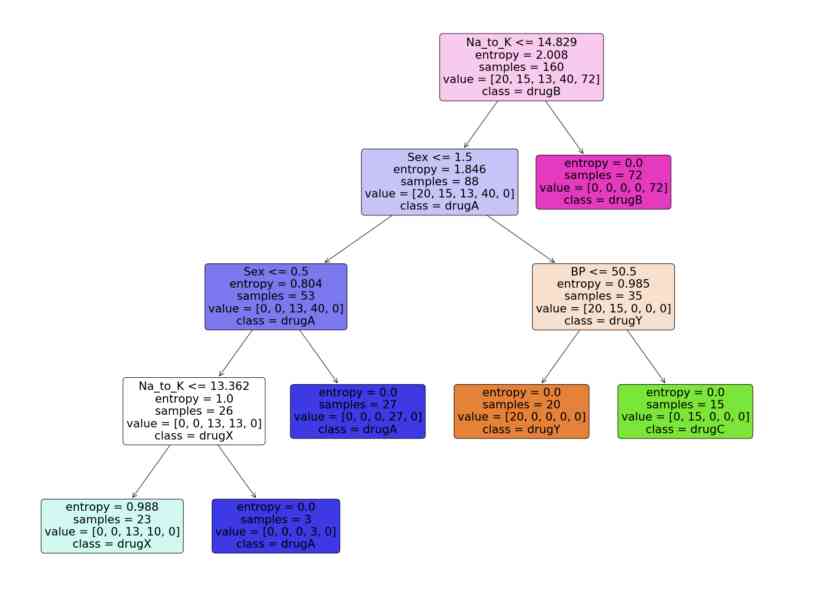
结论
有很多技术和其他算法用于优化决策树和避免过拟合,比如剪枝。虽然决策树通常是不稳定的,这意味着数据的微小变化会导致最优树结构的巨大变化,但其简单性使其成为广泛应用的有力候选。在神经网络流行之前,决策树是机器学习中最先进的算法。其他一些集成模型,比如随机森林模型,比普通决策树模型更强大。
决策树由于其简单性和可解释性而非常强大。决策树和随机森林在用户注册建模、信用评分、故障预测、医疗诊断等领域有着广泛的应用。我为本文提供了完整的代码。
完整代码:
import pandas as pd # 数据处理
import numpy as np # 使用数组
import matplotlib.pyplot as plt # 可视化
from matplotlib import rcParams # 图大小
from termcolor import colored as cl # 文本自定义
from sklearn.tree import DecisionTreeClassifier as dtc # 树算法
from sklearn.model_selection import train_test_split # 拆分数据
from sklearn.metrics import accuracy_score # 模型准确度
from sklearn.tree import plot_tree # 树图
rcParams['figure.figsize'] = (25, 20)
df = pd.read_csv('drug.csv')
df.drop('Unnamed: 0', axis = 1, inplace = True)
print(cl(df.head(), attrs = ['bold']))
df.info()
for i in df.Sex.values:
if i == 'M':
df.Sex.replace(i, 0, inplace = True)
else:
df.Sex.replace(i, 1, inplace = True)
for i in df.BP.values:
if i == 'LOW':
df.BP.replace(i, 0, inplace = True)
elif i == 'NORMAL':
df.BP.replace(i, 1, inplace = True)
elif i == 'HIGH':
df.BP.replace(i, 2, inplace = True)
for i in df.Cholesterol.values:
if i == 'LOW':
df.Cholesterol.replace(i, 0, inplace = True)
else:
df.Cholesterol.replace(i, 1, inplace = True)
print(cl(df, attrs = ['bold']))
X_var = df[['Sex', 'BP', 'Age', 'Cholesterol', 'Na_to_K']].values # 自变量
y_var = df['Drug'].values # 因变量
print(cl('X variable samples : {}'.format(X_var[:5]), attrs = ['bold']))
print(cl('Y variable samples : {}'.format(y_var[:5]), attrs = ['bold']))
X_train, X_test, y_train, y_test = train_test_split(X_var, y_var, test_size = 0.2, random_state = 0)
print(cl('X_train shape : {}'.format(X_train.shape), attrs = ['bold'], color = 'red'))
print(cl('X_test shape : {}'.format(X_test.shape), attrs = ['bold'], color = 'red'))
print(cl('y_train shape : {}'.format(y_train.shape), attrs = ['bold'], color = 'green'))
print(cl('y_test shape : {}'.format(y_test.shape), attrs = ['bold'], color = 'green'))
model = dtc(criterion = 'entropy', max_depth = 4)
model.fit(X_train, y_train)
pred_model = model.predict(X_test)
print(cl('Accuracy of the model is {:.0%}'.format(accuracy_score(y_test, pred_model)), attrs = ['bold']))
feature_names = df.columns[:5]
target_names = df['Drug'].unique().tolist()
plot_tree(model,
feature_names = feature_names,
class_names = target_names,
filled = True,
rounded = True)
plt.savefig('tree_visualization.png')
原文链接:https://towardsdatascience.com/building-and-visualizing-decision-tree-in-python-2cfaafd8e1bb
欢迎关注磐创AI博客站: http://panchuang.net/
sklearn机器学习中文官方文档: http://sklearn123.com/
欢迎关注磐创博客资源汇总站: http://docs.panchuang.net/
版权声明
本文为[人工智能遇见磐创]所创,转载请带上原文链接,感谢
https://my.oschina.net/u/4253699/blog/4698399
边栏推荐
- c++学习之路:从入门到精通
- Azure DevOps 扩展之 Hub 插件的菜单权限控制配置
- 經典動態規劃:完全揹包問題
- 6.9.1 flashmapmanager initialization (flashmapmanager redirection Management) - SSM in depth analysis and project practice
- 写一个通用的幂等组件,我觉得很有必要
- 深入了解JS数组的常用方法
- 阿里CCO项目组面试的思考
- Flink on PaaSTA:Yelp运行在Kubernetes上的新流处理平台
- 面经手册 · 第14篇《volatile 怎么实现的内存可见?没有 volatile 一定不可见吗?》
- Probabilistic linear regression with uncertain weights
猜你喜欢
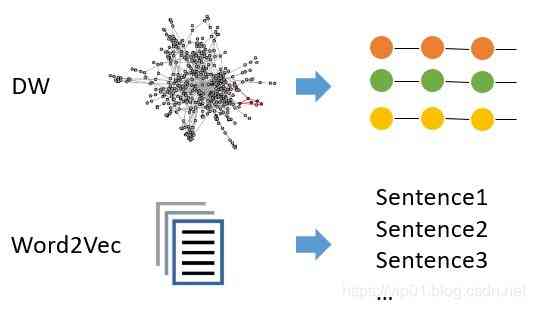
DeepWalk模型的简介与优缺点
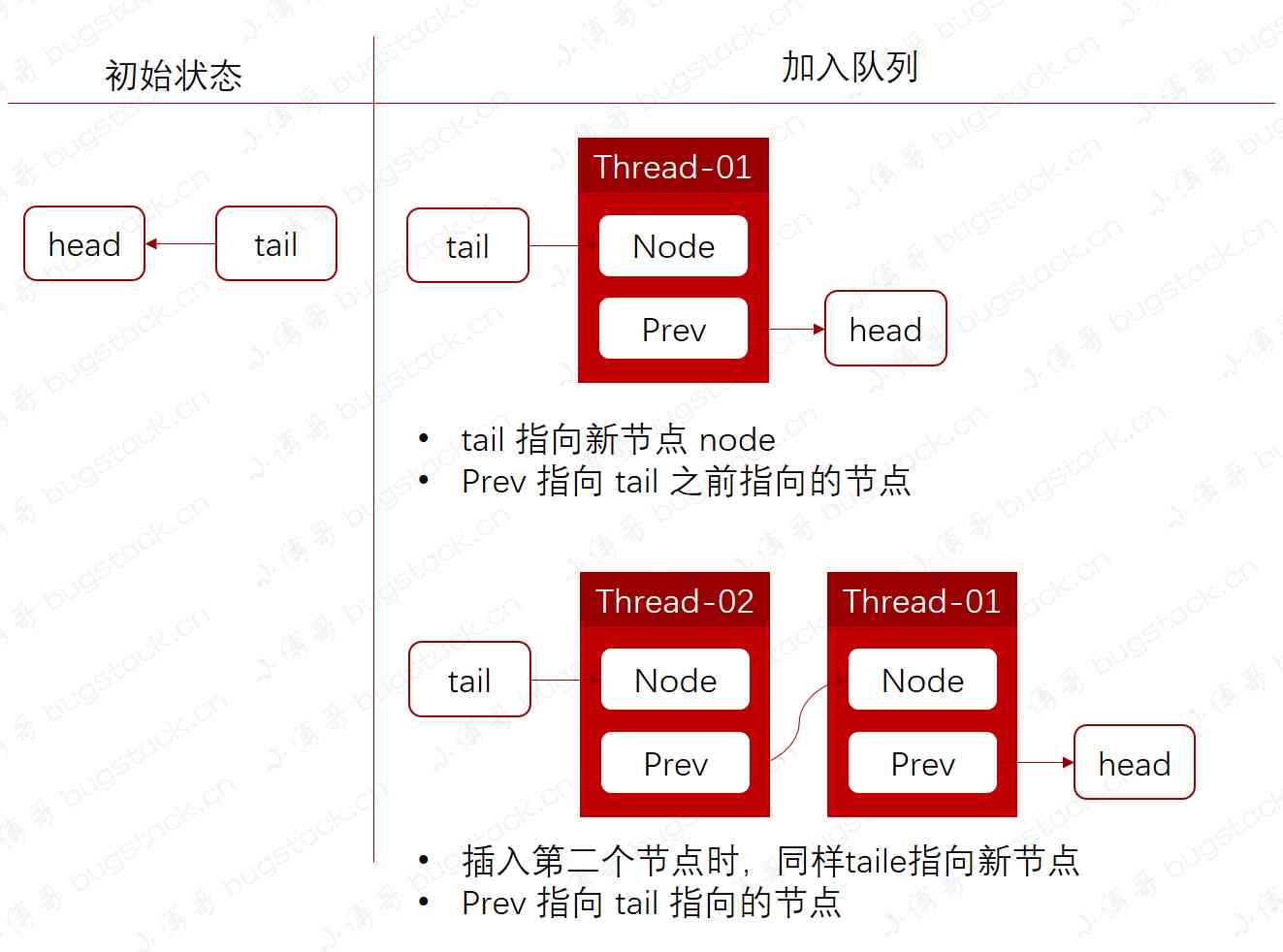
面经手册 · 第16篇《码农会锁,ReentrantLock之公平锁讲解和实现》
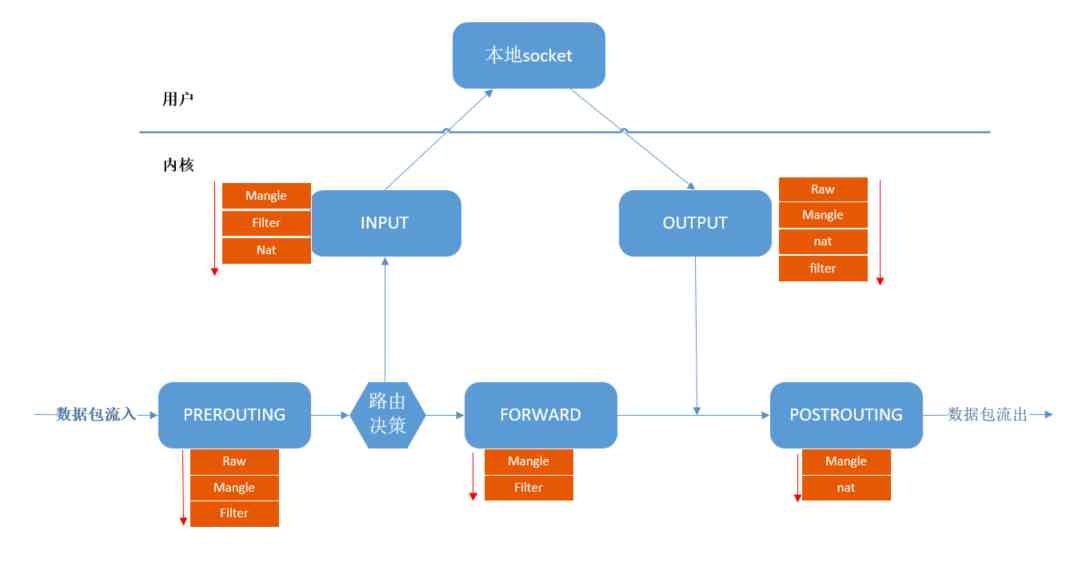
iptables基础原理和使用简介

如何将分布式锁封装的更优雅
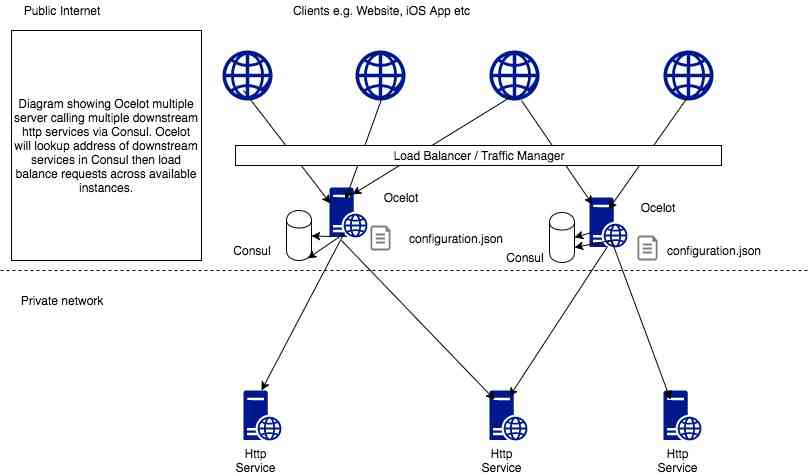
(1)ASP.NET Core3.1 Ocelot介绍
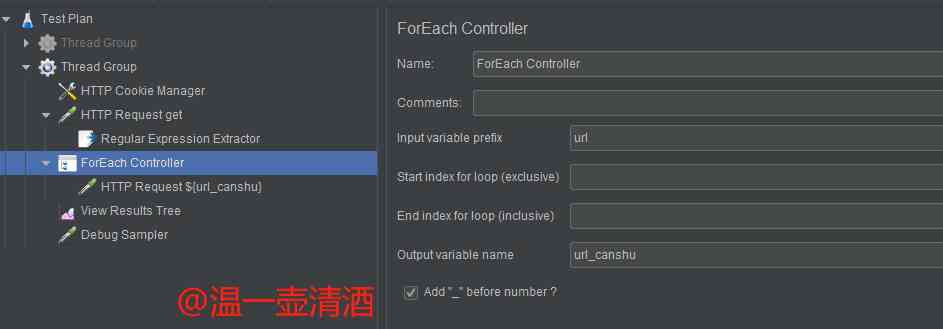
Jmeter——ForEach Controller&Loop Controller
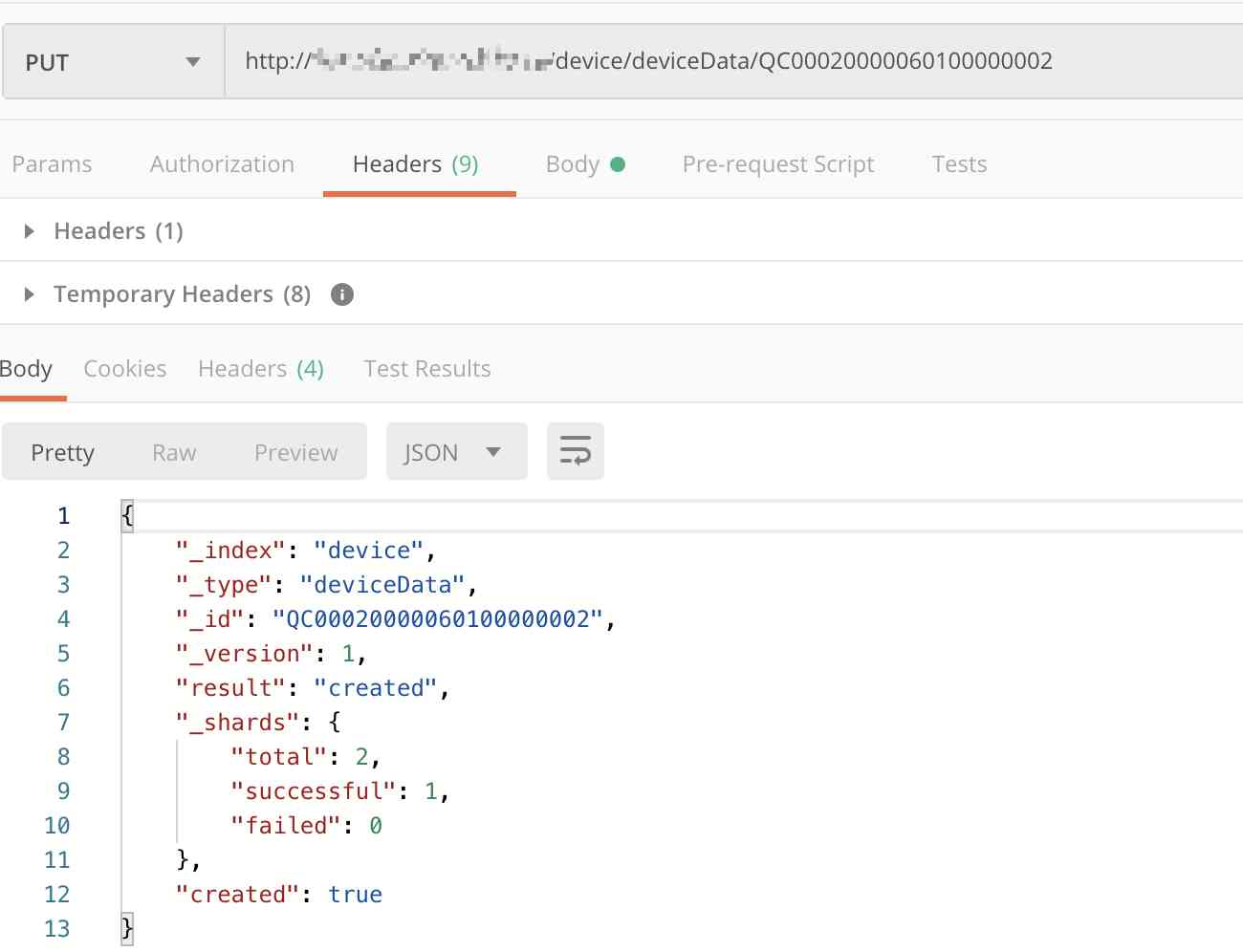
Elasticsearch数据库 | Elasticsearch-7.5.0应用搭建实战

Probabilistic linear regression with uncertain weights

Python machine learning algorithm: linear regression
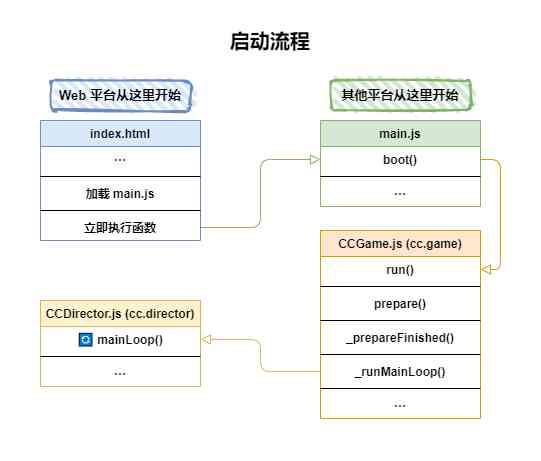
Cocos Creator 源码解读:引擎启动与主循环
随机推荐
用git2consul从Git同步配置到Consul
(1)ASP.NET Core3.1 Ocelot介绍
计算机TCP/IP面试10连问,你能顶住几道?
windows10 tensorflow(二)原理实战之回归分析,深度学习框架(梯度下降法求解回归参数)
API 测试利器 WireMock
阿里CCO项目组面试的思考
Python 基于jwt实现认证机制流程解析
键盘录入抽奖人随机抽奖
5.4 静态资源映射 -《SSM深入解析与项目实战》
为什么民营企业要做党建?——极客邦控股党支部专题学习
5.5 ControllerAdvice注解 -《SSM深入解析与项目实战》
7.2.1 cache configuration of static resources
Python爬蟲實戰詳解:爬取圖片之家
深入了解JS数组的常用方法
H5打造属于自己的视频播放器(JS篇2)
如何选择分类模型的评价指标
【C/C++ 2】Clion配置与运行C语言
html
自然语言处理之分词、命名主体识别、词性、语法分析-stanfordcorenlp-NER(二)
PMP考试心得